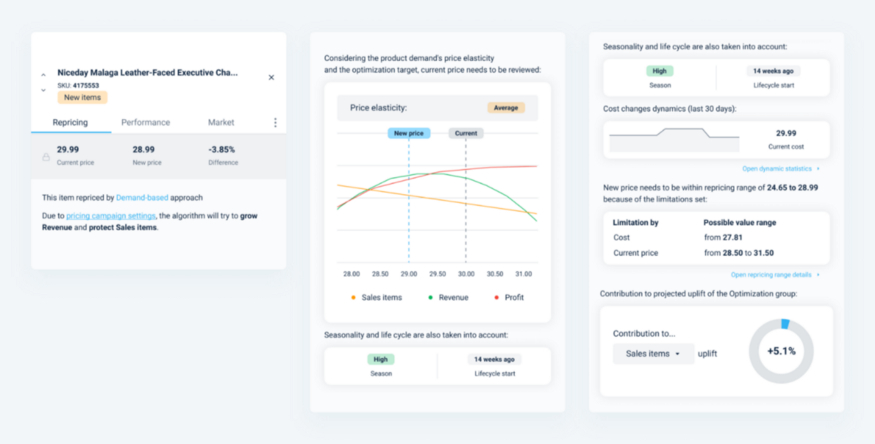Let’s start with the summary- The fear of AI replacing category managers in retail chains is largely exaggerated. Even the most advanced AI solutions cannot fully substitute the managers. But, for sure, AI can change conventional ideas of what a category management job is.
It was in August 2011 that Marc Andreessen coined the famous phrase “Software is eating the world” in a Wall Street Journal op-ed. He suggested that “we are in the middle of a dramatic and broad technological and economic shift in which software companies are poised to take over large swathes of the economy.” Is software and AI a real threat for category managers?
Let’s look at some essential processes and operations carried out by category managers working at retail chains. They are different in each specific case, but most often CatMans are responsible for negotiations with supplies and internal communications with analysts and other managers. CatMans also deal with market and competition analysis, procurement management, demand planning, and pricing. The list shows how diverse is the scope of responsibilities and processes run by category managers.
But let’s return to our question: Can all these processes be fully operated by AI? Try to imagine an AI-powered solution capable of defining the category goals, analyze the market performance, and then negotiate with suppliers to get the required products on the best terms. You must admit that any kind of machine could hardly do all these things at the same time with the efficiency of a human being.
But every category manager knows that the strategic processes and tasks outlined above are just one part of the job. Behind this one, managers have to gather, process, and analyze large volumes of data and get involved in numerous routine tasks related to the strategy’s execution.
And that’s where AI comes into play. When it comes to data analysis, operations automation, and analytics-based decision making, AI can do the job better than human beings. And this is good news because AI can finally allow category managers to focus on genuinely important strategic goals.
Let’s look at the example of pricing as one of the key domains of category management. As the price remains the core factor underlying consumer behavior, many category managers dedicate the major part of their time to price management. In the past, it took days to collect the relevant data, analyze it, and adjust category prices based on findings. Now, with AI-driven pricing solutions, CatMans need only to set the repricing parameters, e.g. limitations and business goals (increasing sales volume, gaining extra margin, etc) and the AI-based pricing engine will do the rest of the job delivering optimal prices for all products in the category.

The screen above shows the dashboard of the AI-driven pricing platform Competera with an explanation of factors impacting price recommendation and a demand elasticity curve showing how the new price point impacts own product sales and what halo effect it has on other products in the category. This is a good illustration of how AI solutions can save time and help CatMans to make better decisions.
No doubt, the future of retail belongs to AI. According to Juniper Research, retailers will spend $7.3 billion on AI by 2022. But it doesn’t mean that AI solutions will replace category managers. Instead, category managers have to make sure they use the opportunities brought by AI to a full extent. And doing this requires flexibility and willingness to change.
Thanks to Competera team for all the support with this text! Kudos!
What do you think? Please reach out with your thoughts https://www.linkedin.com/in/maciejkraus/

